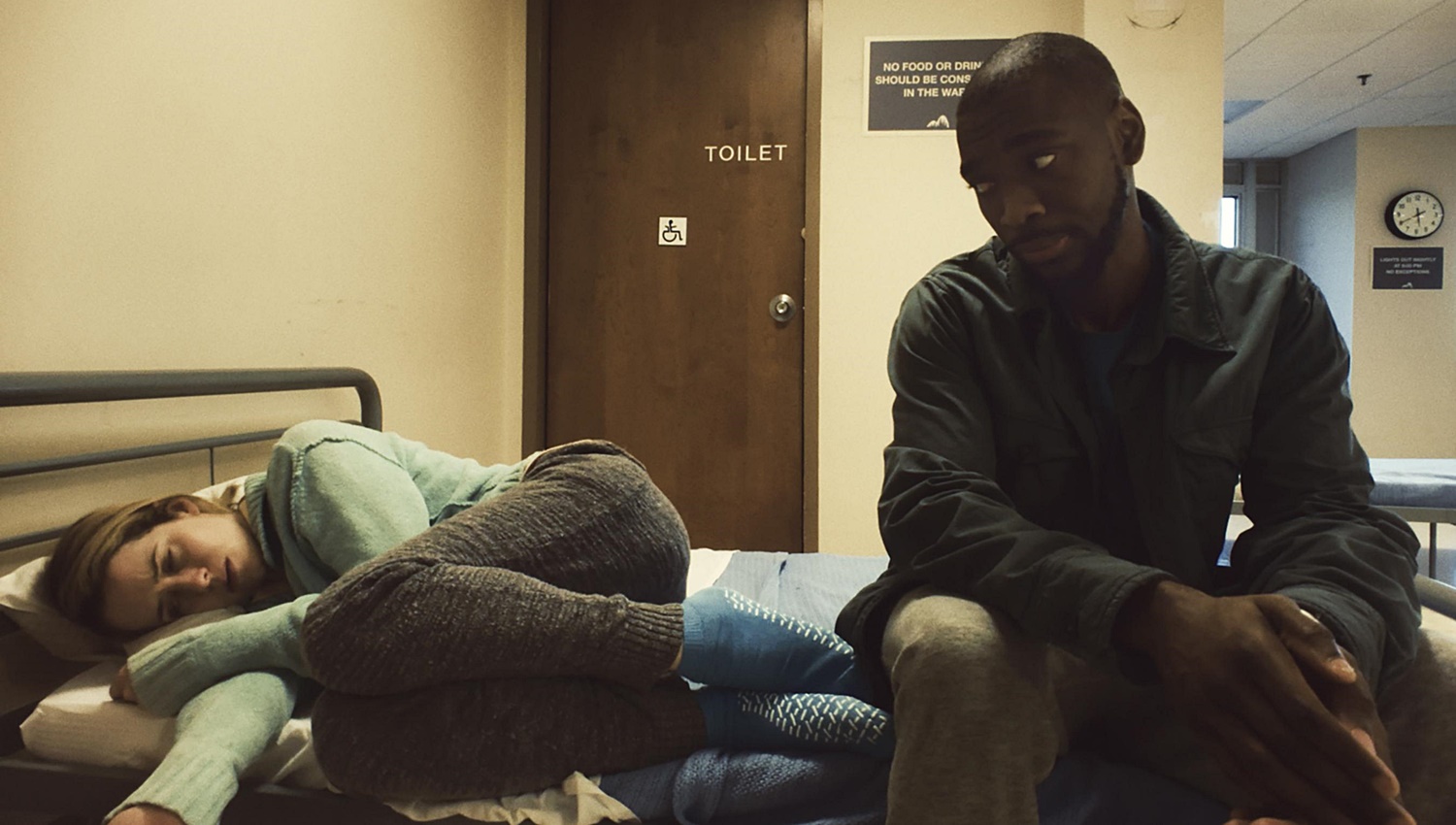
Unsane
Dustin Chase
Oscar winning director Steven Soderberg delivers his first horror movie and his first film shot entirely with an iPhone. This isn’t the first film released to be shot entirely on the popular mobile device. “Tangerine” by Sean Baker (“The Florida Project”) was an award-winning iPhone-shot film. It was a distracting experiment in technology for “Tangerine”, but Soderberg is a much more capable director, takes gimmicky filmmaking to the next level. While “Unsane” isn’t without its technical detractors and limitations, the story becomes so engaging, the audience eventually forgets about the low technical quality. Claire Foy, whose Golden Globe winning role on TVs “The Crown” has ended, took a big risk with this film and delivers some of her best work. Distributor Bleeker Street is selling “Unsane” as a horror film, but it’s more of a psychological thriller that once again displays Soderberg’s knack for tapping into an audience’s worst fears.
Sawyer Valentini (Foy) recently moved to a new town to escape a stalker from a previous job. She has started a new life and a new job. She makes an appointment to speak to a therapist about her thoughts and fears associated with this stalker from her past, and after signing a few “routine” documents, finds herself “voluntarily” committed to a psychiatric ward. What’s worse, someone she believes to be her stalker from Boston is working as a nurse at the facility. The more Sawyer tries to undo her situation, the crazier she appears. The longer she remains in the hospital, the more desperate her situation becomes.
Soderberg doesn’t allow Jonathan Bernstein and James Greer’s script to get lost in the gimmicky presentation.
The first thing you notice about “Unsane” is the ambient sounds throughout the film, and not the kind sound editors win awards for. The humming of air condition units and unintentional chair squeaks, that most filmmakers today would remove, add to the edginess of this film. While the indoor scenes in “Unsane’ will constantly remind the viewer of iPhone camera limitations, the outdoor scenes in natural light were more cinematic. Once you get past the technological impediments, investing in performance and plot, the gimmick here becomes less of a focal point. The next hurdle “Unsane” faces are similarities to Angelina Jolie films “Girl Interrupted” and “The Changling”, both featuring women held against their well at a mental facility. Soderberg’s success with tapping into the audience’s worst fears, like he did in “Contagion” (2011), is repeated here with Sawyer’s progressive loss of control.
Soderberg could make virtually any movie he wants through the studio system, but the “Erin Brockovich” director plans to pursue more iPhone created films in the future because of the creative control it allows. “Unsane” cost under $2 million dollars, branding it as a “horror film” will easily recoup budget and then some. Foy (“Breathe”) is not only quite good in this role, she also displays a wider range of emotions and therefore talent than most big screen audiences have seen from her. Granted, if Soderberg had cast a Blanchett, Bullock, or Blunt in this lead role, he might be looking at even greater box-office profits. Soderberg doesn’t allow Jonathan Bernstein and James Greer’s script to get lost in the gimmicky presentation. It’s the thrill ride of the plot audiences will be talking about after the movie, not the iPhone cinematography.
Final Thought
Oscar winning director Soderberg proves iPhone movies can work with the right ingredients.
